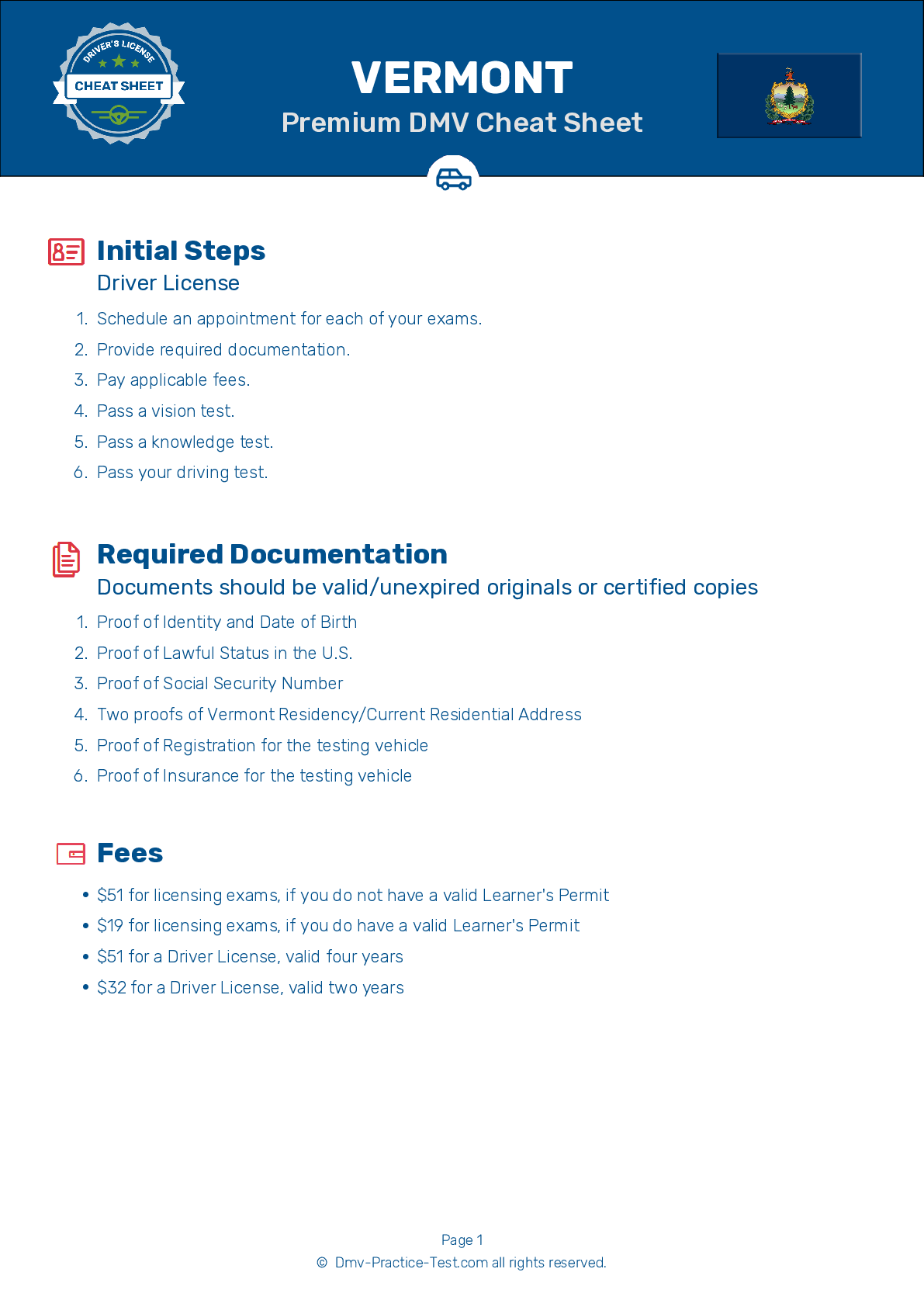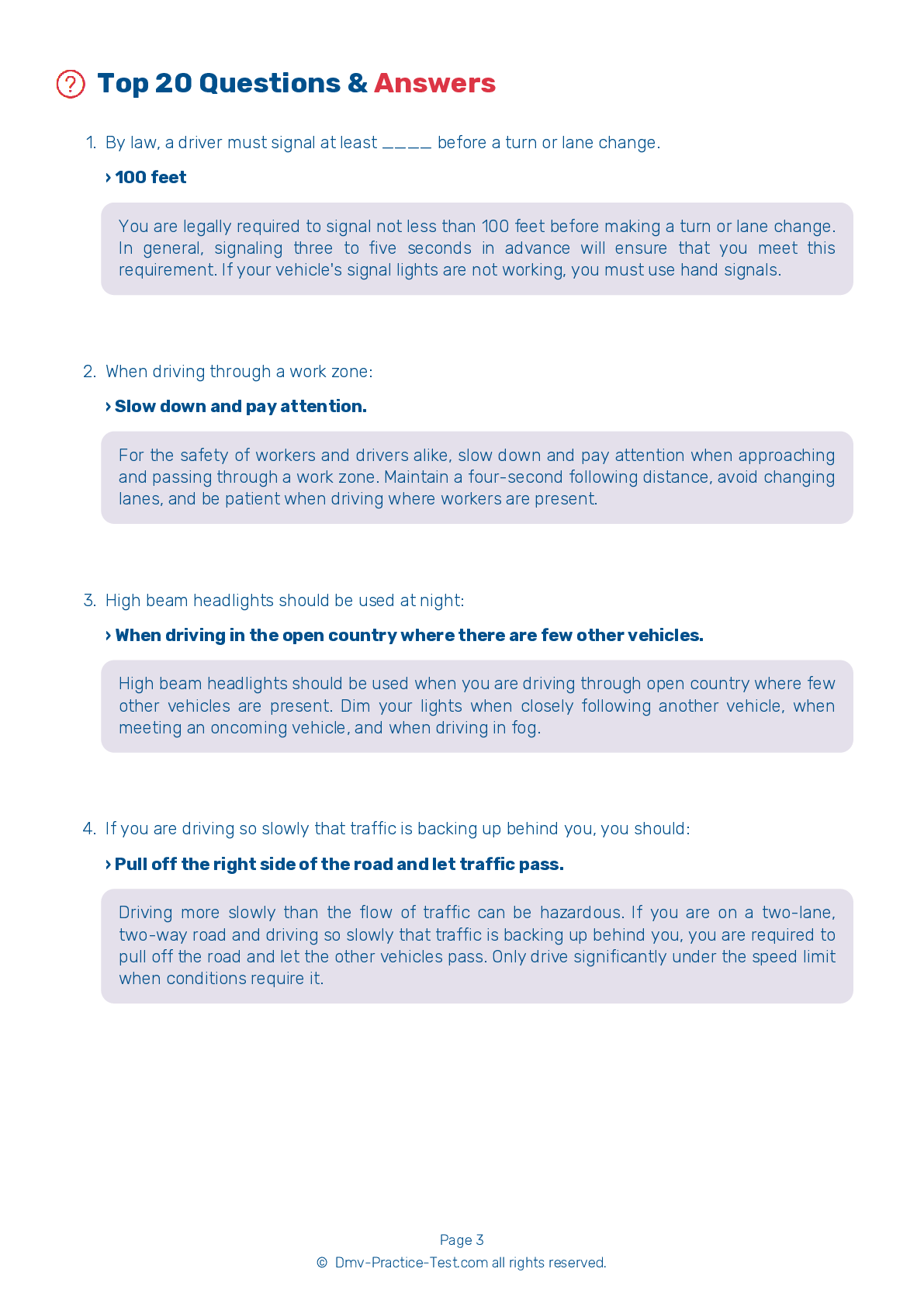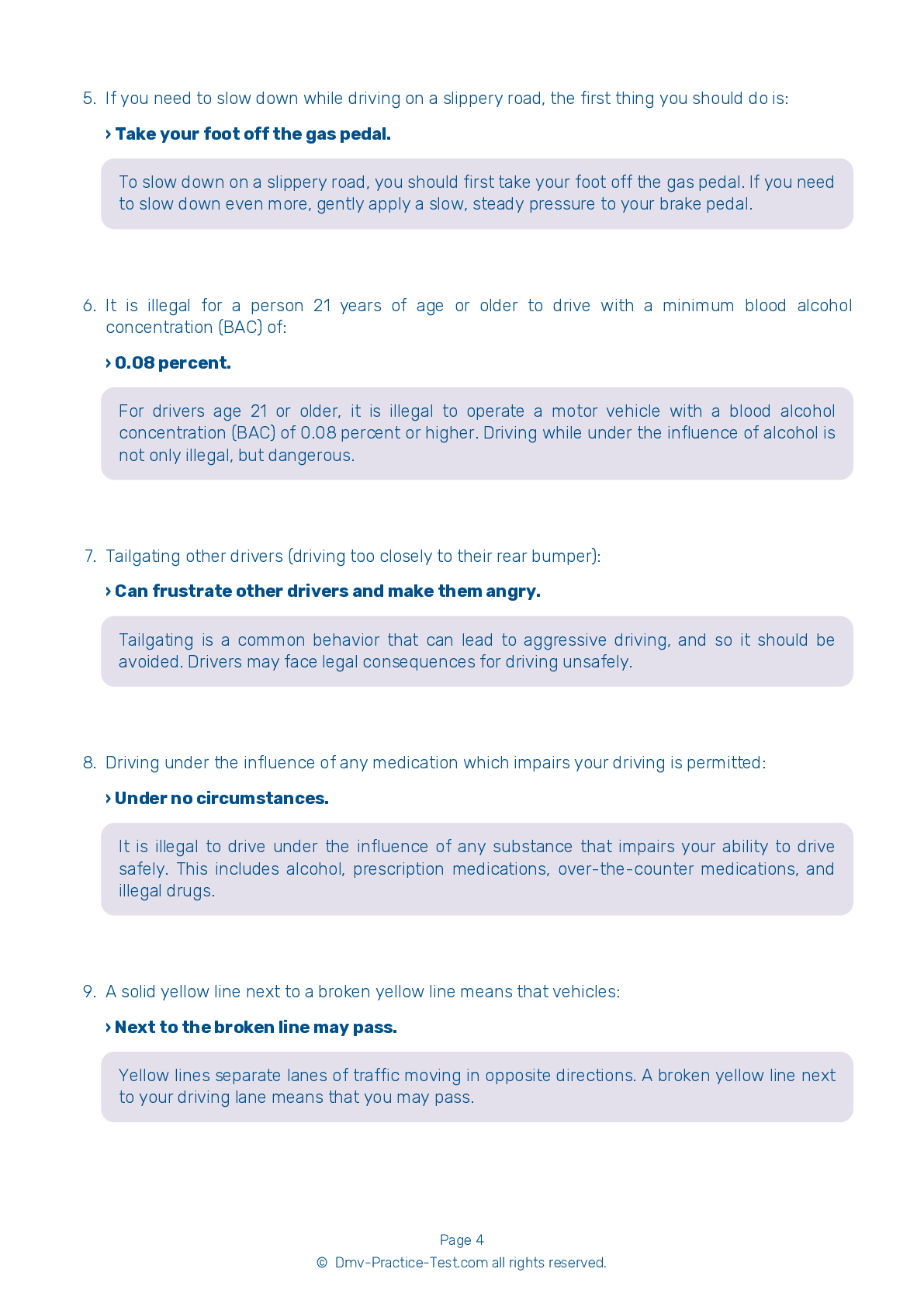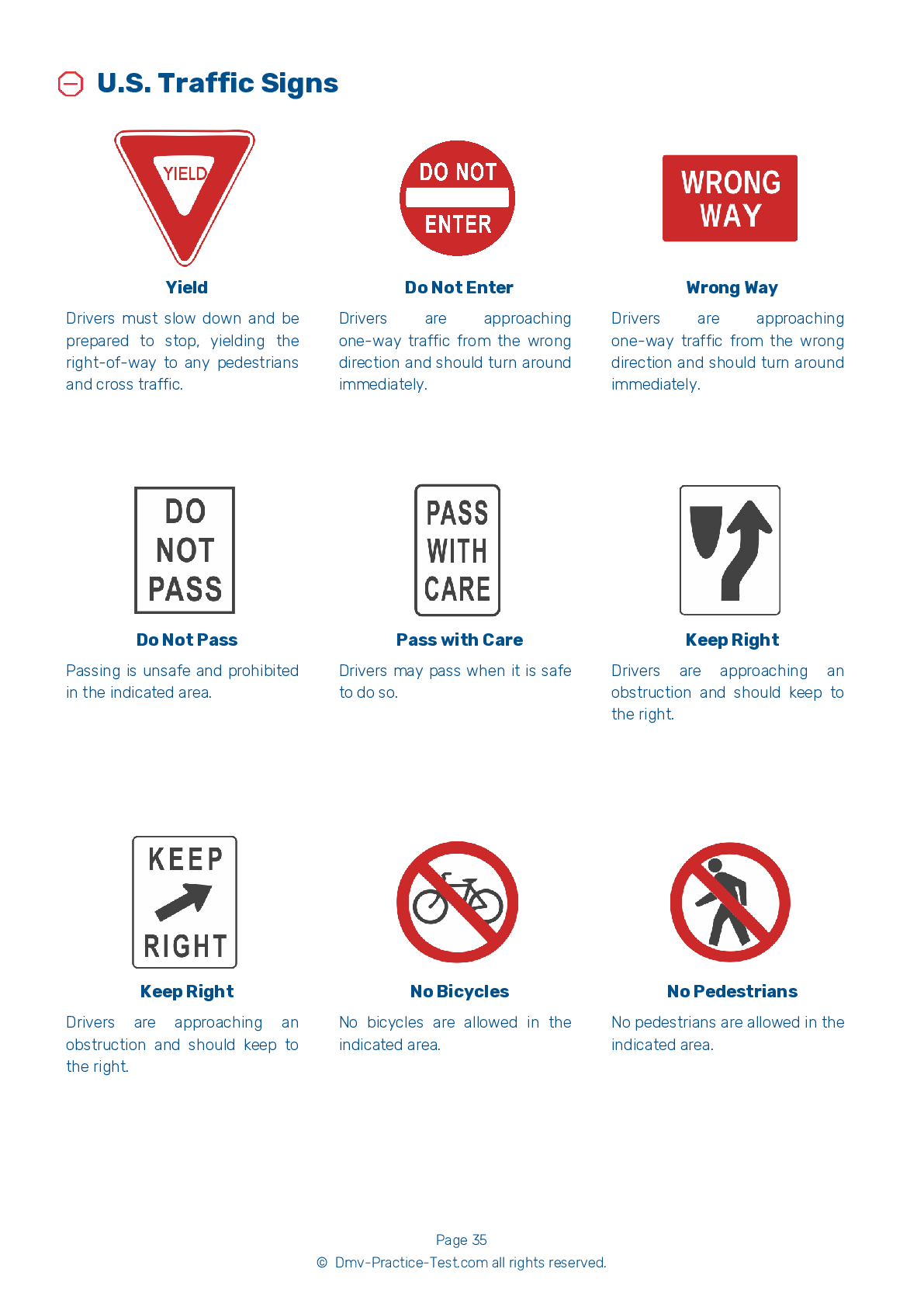FREE Vermont DMV Practice Test #20 Page 2 of 3
The Vermont DMV practise examinations have been updated for January 2025. It includes questions based on the Vermont Driver Handbook's most significant traffic signals and legislation for 2025. Use actual questions that are very similar (often identical!) to the DMV driving permit test and driver's licence exam to study for the DMV driving permit test and driver's licence exam.
On the practise exam, each question gets a tip and explanation to help you remember the concepts. The written component of the official Vermont DMV test will include questions about traffic rules, traffic signs, and driving statutes, as well as knowledge from the Driver Handbook.
To obtain a passing grade, you must correctly answer 16 of the 20 questions. Use the practise exam provided by the Vermont Department of Motor Vehicles to help you prepare for your instruction permit or driver's licence.
The DMV exam is available in several languages.
Using any kind of testing assistance will result in an automatic fail, and the DMV may take additional action against your driver's licence, so stay away from it.
7 . If your car starts to skid, turn your steering wheel:
If your vehicle goes into a skid, you should turn the steering wheel in the direction you want the vehicle to go. As soon as the vehicle begins to straighten out, turn the steering wheel back the other way.
8 . This sign means:
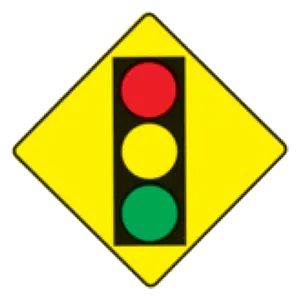
Warning signs are usually diamond-shaped with black markings on a yellow background. They alert drivers to upcoming hazards. This warning sign indicates that a traffic signal is ahead and drivers should prepare to react to a yellow or red light.
9 . When you drive through an area where children are playing, you should expect them:
You should always reduce your speed and use extra caution when children are in the vicinity. They may fail to understand the danger and may run out in front of you without looking.
10 . Worn or bald tires:
Worn or bald tires can increase your stopping distance and make turning more difficult. Tires without adequate tread also increase the risk of hydroplaning.
11 . Motor vehicle crashes are most frequently caused by:
Motor vehicle crashes are most often caused by the actions or errors of a driver. Driving a vehicle comes with the responsibility of keeping yourself and other drivers safe.
12 . If an aggressive driver cuts you off, you should:
If an aggressive driver cuts you off on the roadway, stay calm and get out of their way. Trying to get even with an aggressive driver risks escalating the situation and increasing the danger.
13 . When parallel parking between two cars, you should first:
After finding a parking space, checking traffic, and signaling, you should stop parallel to the vehicle directly ahead of your desired parking space before turning your wheel to park.
2025 Vermont | Frequently Asked Questions
1. Not checking mirrors and blind spots before changing lanes or turning.
2. Speeding or driving too slowly for the conditions or posted speed limit.
3. Not coming to a complete stop at stop signs or red lights.
4. Incorrect signalling or not signalling at all.
5. Poor parking, especially parallel parking.
Remember, practice makes perfect, so take time to hone your skills.
